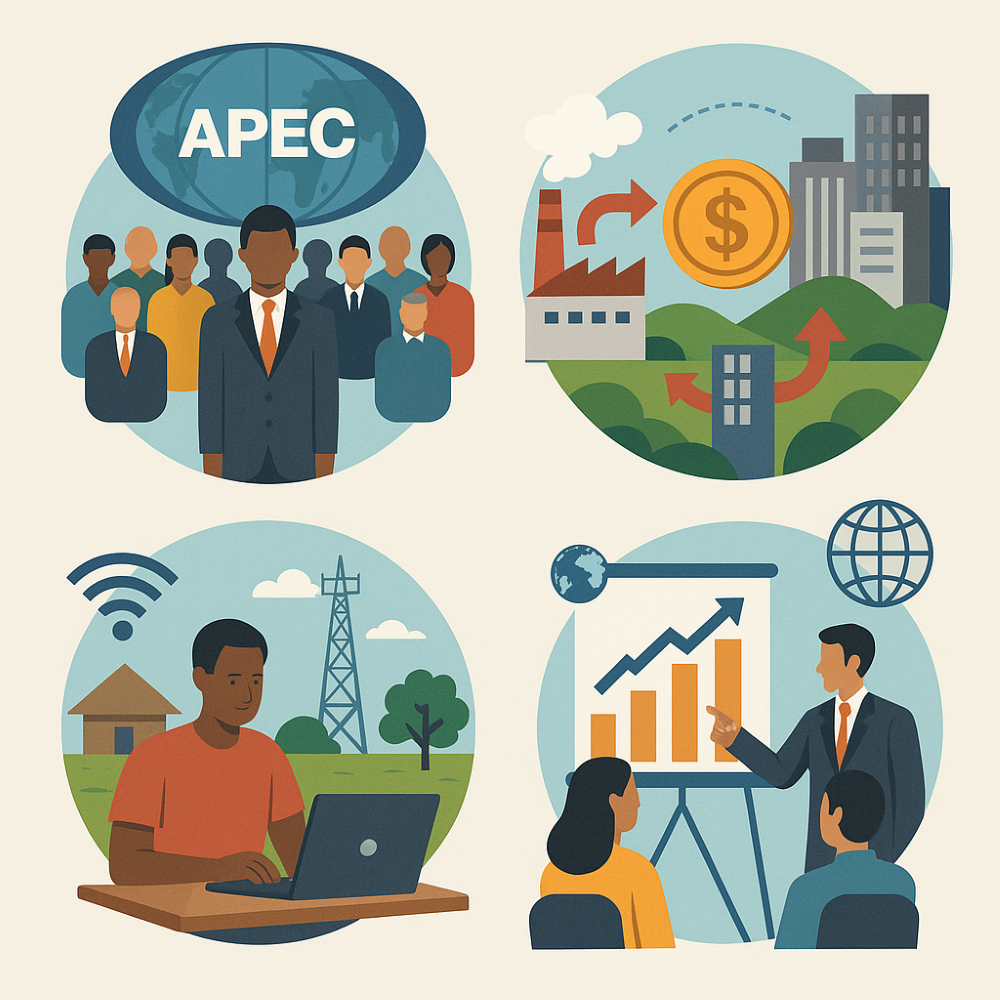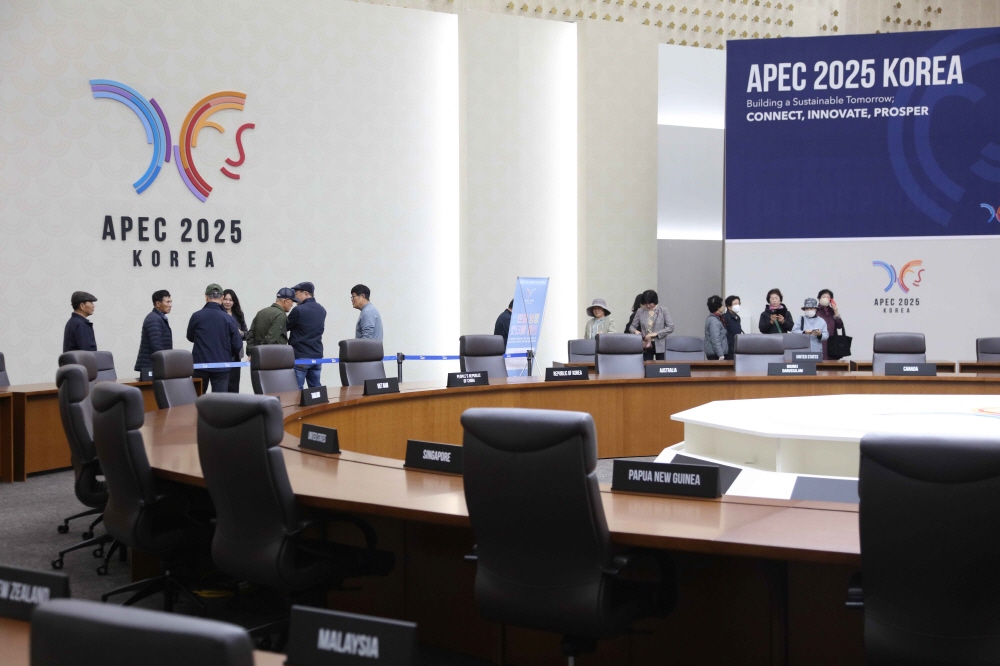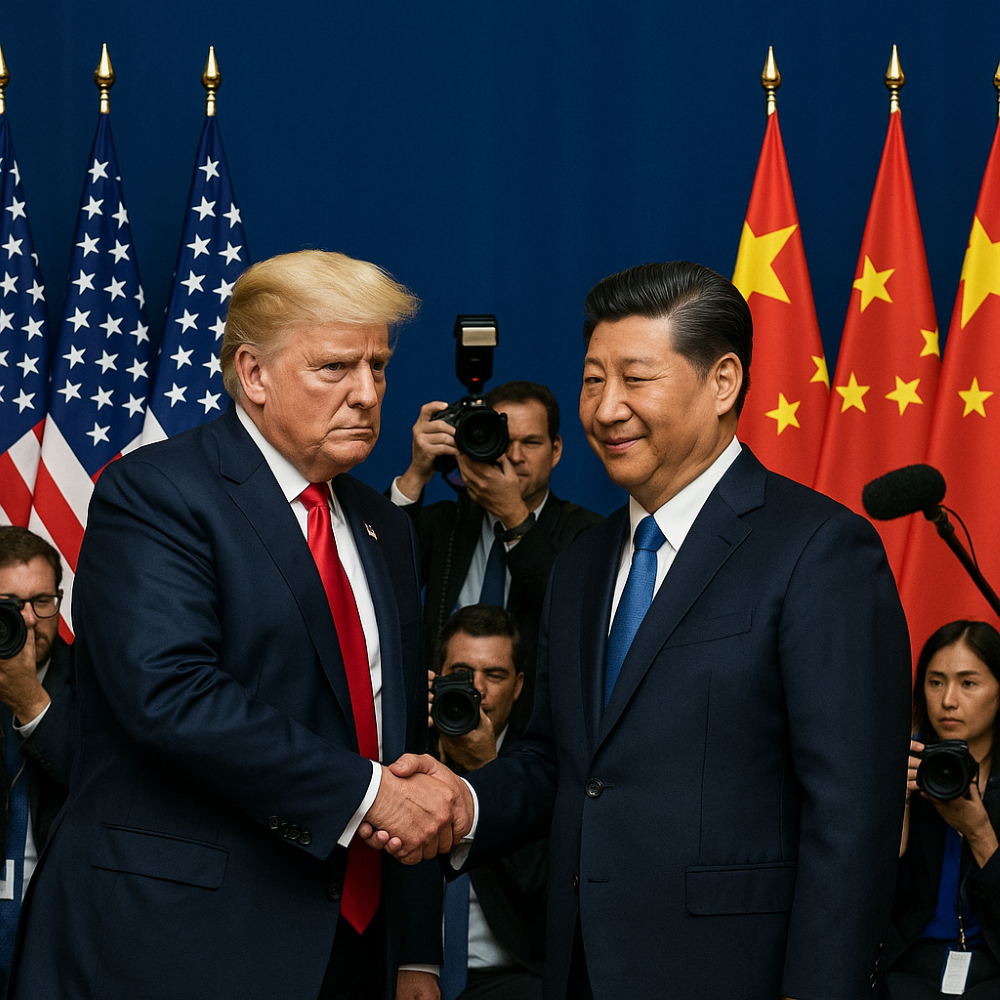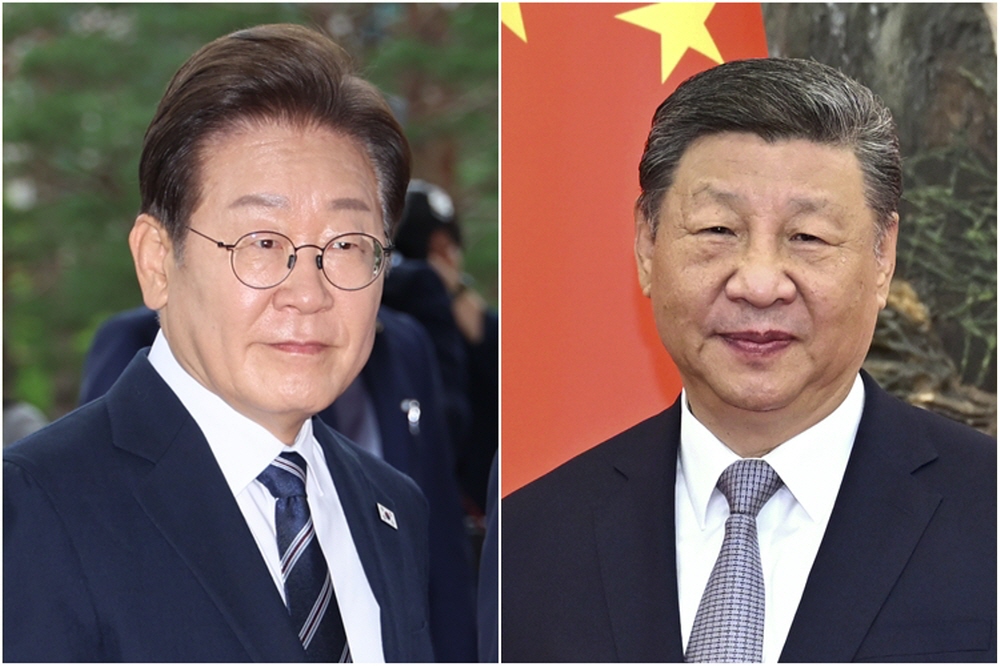
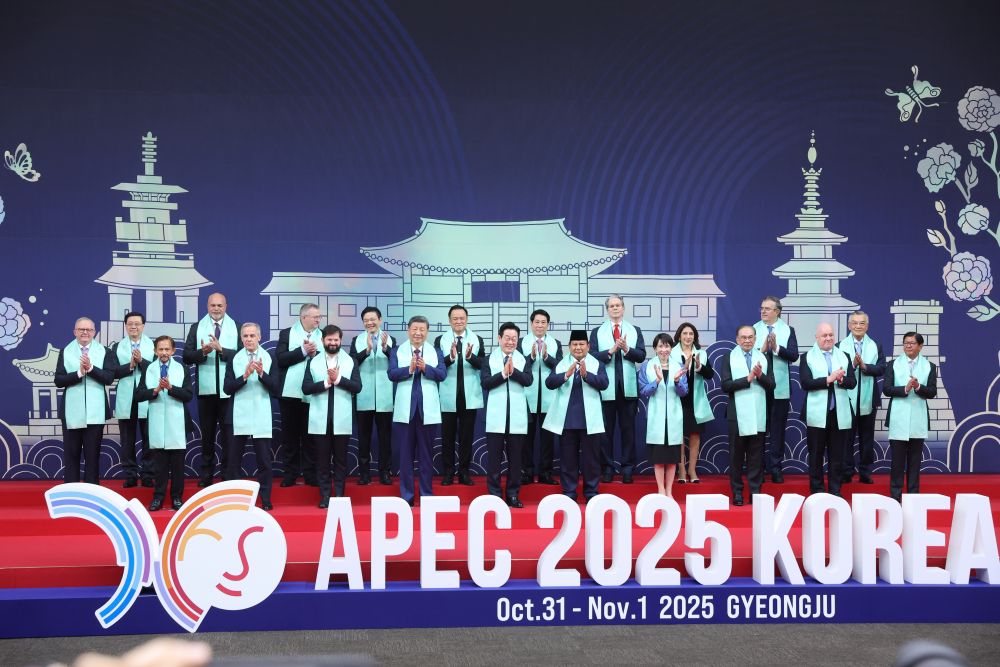
Key Takeaways:
- South Korea hosted the 2025 APEC summit amid unprecedented political upheaval at home and a disruptive, tariff-driven U.S. trade posture under Trump’s second administration
- Despite tensions, leaders produced the “Gyeongju Declaration,” reaffirming regional cooperation on trade, supply chains, AI governance, and cultural industries—even as energy and WTO language were notably softened
- The summit highlighted a new reality: Asia-Pacific economies are increasingly coordinating among themselves as U.S. policy becomes less predictable, signaling both resilience and recalibration within the regional order
When the Republic of Korea agreed back in 2015 to host the
2025 Asia-Pacific Economic Cooperation (APEC) summit, few would have guessed the
meeting would take place in a backdrop dominated by concerted efforts by the
United States government, under the second presidency of Donald Trump, to
disrupt the multilateral system of international trade and impose tariffs on its
allies and rivals alike.
Fewer still might have anticipated that South Korea would
have to carry out its hosting responsibilities just months after significant
political disruption within its constitutional democracy, following the
impeachment and removal from office of former president Yoon Suk Yeol after his
short-lived martial law decree late last year.
Yet these are the exact circumstances that South Korea
encountered this year as its new president, Lee Jae-myung, faced the task of
preparing for the APEC summit immediately upon taking office in June.
While the most significant events during this year’s summit
involved bilateral relations among the 21 APEC member economies on both sides
of the Pacific Ocean, the national delegations at the summit also managed to
produce a declaration aimed at preserving international cooperation not only on
trade but also on a host of other key issues, including the development of
artificial intelligence.
This year’s summit, held in the ancient capital of Gyeongju
on October 31 and November 1, centered on the theme “Building a Sustainable
Tomorrow,” with three key priorities – connect, innovate, prosper – emphasized
in the Gyeongju Declaration released on November 1.
Although the declaration stopped short of giving a customary
nod to the World Trade Organization – apparently because of the Trump
administration’s opposition to the multilateral trading system – it
nevertheless affirmed that “robust trade and investment are vital to the growth
and prosperity of the Asia-Pacific region, and (APEC members) remain committed
to deepening economic cooperation to navigate the evolving global environment.”
Similar to their counterparts in other regions of the world,
most notably Europe, leaders of the APEC economies that historically have
maintained strong relationships with the United States are now keen to bolster
cooperation with their regional partners, given the current states of
uncertainty in United States economic policy and foreign policy under
Trump.
Short of re-affirming a globally integrated trade system,
leaders at the summit pledged to “advance economic integration in the
Asia-Pacific region in a manner that is market-driven, including through the
work on the (long term goal of a) Free Trade Area.”
Leaders at APEC also pledged to boost connectively in supply
chain networks across the region, reflecting ongoing efforts to address
deficiencies and vulnerabilities that became all too apparent at the height of
the COVID-19 pandemic.
Looking ahead to the future, this year’s APEC summit seemed
pivotal in shifting attention away from the historic positioning of the
Asia-Pacific region as a global manufacturing hub and toward the continued
evolution of “cultural and creative industries” as an increasingly important
engine for regional economic growth.
South Korea, as the host country, was especially well poised
to set this tone, given the extent that its cultural appeal and “soft power”
have strengthened in recent years, thanks to longstanding campaigns and investments
raising the profile of its television dramas, films and cuisine around the
world.
With regard to looming challenges posed by artificial
intelligence, leaders in Gyeongju agreed to set up an “Asia-Pacific AI Center”
with the agenda of shaping a strategy for the region to clarify common
standards and follow best practices aimed at maximizing benefits and minimize
social costs and harms. It marked the
first time the United States and China entered into an international
summit-level agreement on AI cooperation.
Leaders also agreed in general terms to work together on the
common challenges that go with rapidly aging societies across the region. It remains to be seen how these kinds of
general good intentions will translate into specific initiatives in the years
to come.
Despite the elevation of sustainability as a theme for this
year’s APEC summit, prospects for renewable energy ended up taking a back seat
in the declaration, which instead emphasized the region’s high and
ever-increasing demands for energy, the need for continued improvements to
national power grids, and continued dependence on conventional energy sources
such as natural gas. This apparent
concession, too, might reflect pressure behind the scenes from the Trump
administration, which is doubling down on fossil fuels rather than working to
expedite a transition to green energy in response to the accelerating climate
crisis.
It is possible that renewable energy will take a higher
profile at next year’s APEC summit in China, which is currently the world’s the
world’s largest polluter but emerging as a key driving force of solar and wind
power.
Several leaders of APEC member economies took the
opportunity at the summit to hold meetings with each other and, most notably,
with Trump, when he arrived to address a business summit but did not stay for
the full summit itself.
Trump and Lee were able to iron out key sticking points on
revised terms of trade that still leave many South Korean exports to the United
States facing higher tariffs (15 percent) than the terms of the former Korea-US
Free Trade Agreement but lower than the 25 percent Trump initially
proposed. South Korea also negotiated a
gradual phasing-in of its promised $350 billion investment into the United
States (a combination of cash infusions and cooperation on shipbuilding) with
provisions aimed at protecting its weakening currency from further devaluation. The two leaders also agreed in principle for
South Korea to build nuclear powered submarine in partnership with the United
States, though many sensitive details on that prospect have yet to be worked
out.
Trump also held a high-profile meeting on the sidelines of
the summit with Chinese president Xi Jinping to settle a series of disputes
that Trump initiated earlier this year on trade, and he visited Tokyo prior to
South Korea to meet Japan’s new prime minister, Sanai Takaichi, who made her
international debut at APEC. Lee also
held his first summit meetings as president with Xi and Takaichi and emerged
from both conversations promising to maintain smooth relations with these
crucial neighboring countries that have often run into tension.
Amid much speculation that Trump and North Korean leader Kim
Jong Un might find a way to meet at the border between South Korea and North
Korea and revive the diplomacy between them that stalled in 2019, Kim
apparently decided to hold back for now even as Trump en route to Asia went
out of his way to express enthusiasm for meeting with Kim.
Since Kim has recently declared that United States
acceptance of its nuclear weapons program must be a precondition for future
talks – while the stated aim of the earlier round of Trump-Kim summitry was to
find a way toward North Korea’s denuclearization – it seems the two sides
simply couldn’t find enough of a common basis to bring their leaders together
for now. Kim has also spent much of the
past five years focusing mainly on relations with China and Russia, which North
Korea is aiding in its war against Ukraine.
While Trump’s early departure from the APEC summit seemed to
signal a diminished commitment from the United States to international
organizations, it gave the region’s leaders an opportunity to interact with him
first and then strategize with each other after he left about how to go forward
collectively in a world in which the United States government, at least for the
moment, has veered away from the rules-based international order it worked hard
to create and maintain following the end of World War II in 1945.
Also, as a silver lining, the 2025 summit yielded more
results than APEC summits in Trump’s first presidency when similar
disagreements over the positioning of the World Trade Organization left
national leaders unable to produce a declaration at all.
Although this year’s declaration toned down its language on trade and environmental sustainability, APEC in Gyeongju managed to underscore that the larger endeavor of international cooperation across the wider Asia-Pacific region remains intact and resilient.

Hans Schattle works across the usual dividing lines in political science and international relations, with interests ranging from globalization, citizenship, media and democracy to the politics of Europe and East Asia. He has written two books, Globalization and Citizenship and The Practices of Global Citizenship, both published by Rowman & Littlefield, as well as numerous articles in academic journals and commentaries in newspapers, including The New York Times / International Herald Tribune, The Guardian and The Christian Science Monitor. He earned his doctorate in politics at Oxford under the supervision of David Marquand, and most recently he has co-edited with Dr. Jeremy Nuttall the volume Making Social Democrats: Citizens, Mindsets, Realities , published by Manchester University Press in honour of Professor Marquand. Professor Schattle presents research papers regularly at leading international academic conferences and often gives interviews to journalists around the world; he worked as a news reporter in his native New England before launching his academic career.
